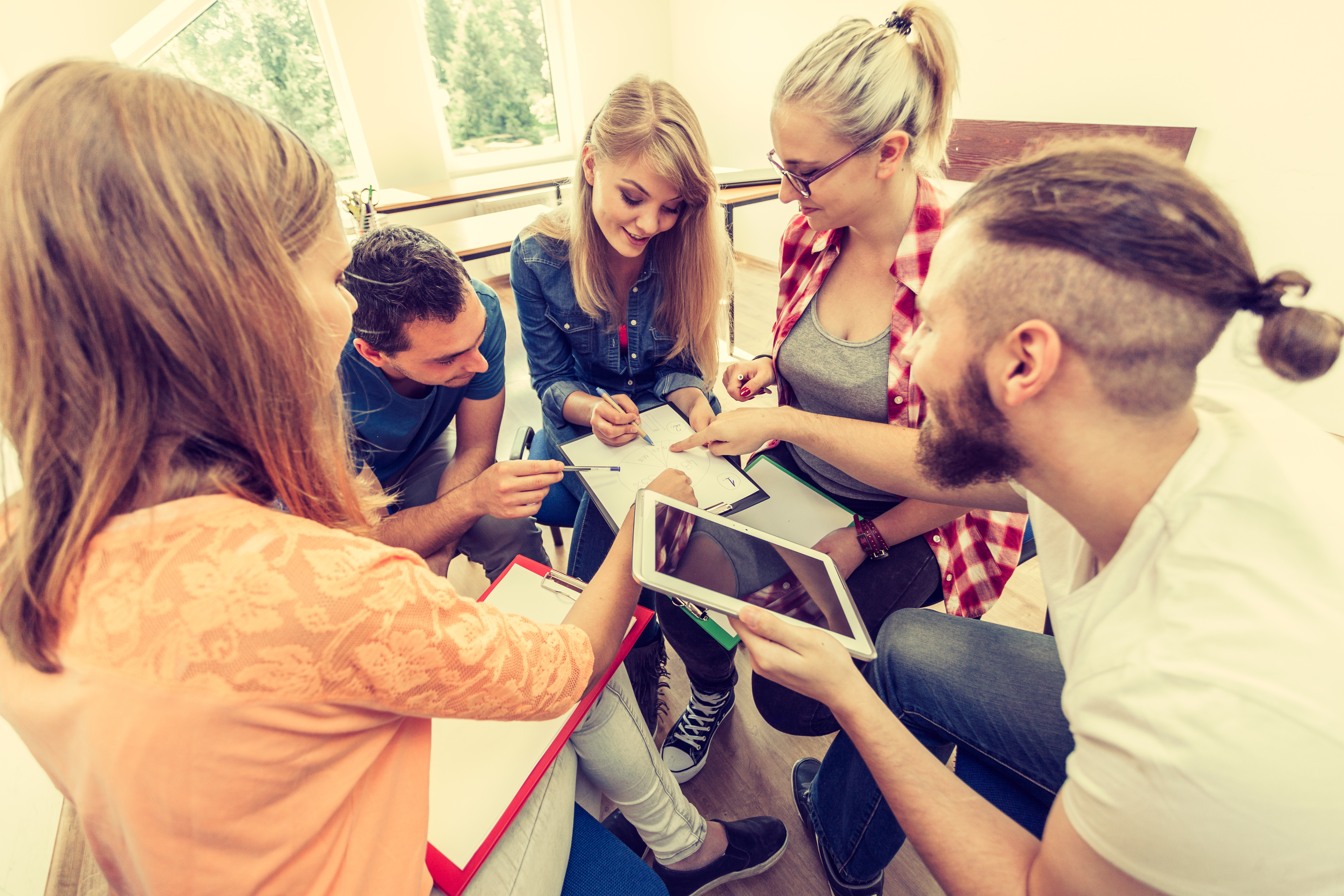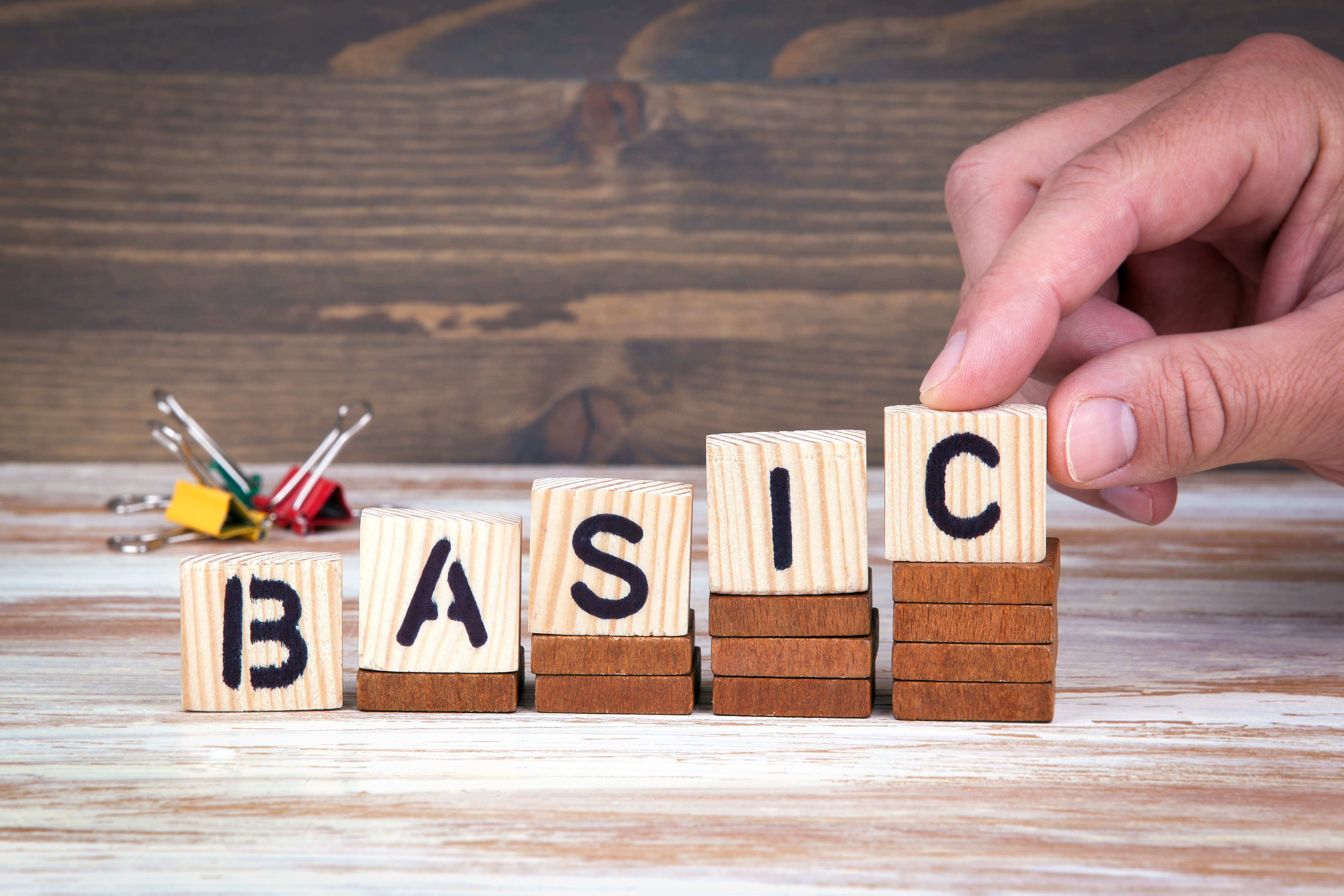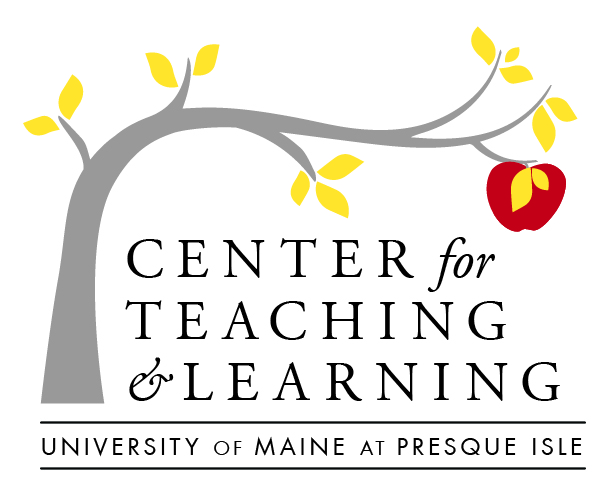Student-centered strategies in the classroom

Our focus on student-centered learning, as a philosophy embedded in our Academic Commitments, challenges us to reconsider the idea that our teaching practices (and student retention) are enhanced by creating more opportunities for students to take responsibility for the learning process. But how do we encourage students to step up an take responsibility? We know that the process starts with have clear and measurable learning outcomes at the course level–but how can we build on this start at the unit and daily lesson level? Below are a few strategies that you can employ with the student (across modalities) in the college classroom:

Differentiating instruction
With our diverse student body, considering differentiating your instruction is a great first step in updating your teaching methods. Differentiation can include a number of different actions, but the main purpose is to tailor educational experiences to meet various learner needs, readiness and preferences. There are a few main ways that you can differentiate instruction in the university classroom, including:
- Content: some students in your class may be completely unfamiliar with the concepts in a lesson, some students may have partial mastery, and some students may already be familiar with the content before the lesson begins–if you are aligning to rubrics or are referencing Bloom’s Taxonomy, are there any ways to give budding learners introductory-level task (while they build mastery), and push advanced students into higher-order tasks?
- Process: Each student has a preferred learning preference, and successful differentiation includes delivering course materials in a variety of ways to engage visual, auditory and kinesthetic, and linguistic learners. Some examples of how you can differentiate the process include: allowing for a mix of independent and group work, varying your delivery to include lecture, visuals, and tangibles (when available and appropriate), and/or allowing students to read aloud.
- Product: The product is what the student creates at the end of the lesson to demonstrate mastery of the content. You can differentiate end products by giving students voice and choice over projects and/or topics (so long as they meet the assessment objectives), by giving students structured choices of products (ie–write a paper OR create a video presentation)
- Learning Environment: The conditions for optimal are dependent on both physical and psychological conditions. A flexible classroom layout is a key to incorporating a variety of active learning and student group strategies
Active Learning
In the simplest terms, active learning is any approach to instruction that requires students to actively engage in the learning process (as opposed to passively receiving information). Increasing active learning opportunities in the classroom is an excellent strategy to increase engagement, student investment, and prompt retention and deeper comprehension of course materials. Active learning brings the students into the creation of the learning experience. It encourages critical thinking, and problem-solving processes of discipline-specific modeling. Active learning also gives the instructor time to perform the relationship-building functions of coach, listener, and disciplinary advocate.
One challenge to adopting active learning strategies may be that college students have expectations of the role of professor and their role as students. Active-learning challenges these expectations, but with some planning and support (and a sense of adventure), you will be able to identify the combination of active learning strategies that will meet your instructional needs.
For more tips and tricks, check out the CalState Chemistry & Biochemistry Dept’s Active & Cooperative Learning page

Kicking off the semester right
The first day of class can be stressful for students and faculty alike–it is a day that relationships start to form, expectations are communicated and the tone of the course is established (for better or for worse). Since the for the next 15 weeks, this class will serve as a learning community for your subject area, taking time to build community is a great activity to add to the first day of class kick-off. Check out these ice-breakers custom-made for the college classroom:
- Faculty Focus’s top ice-breaker article collection
- Ohio State U’s 12 Icebreakers for the College Classroom
- Cengage Blog’s Great Icebreakers for the College Classroom lists out faculty stories of what they do in thier courses.
Developing habits of mind practices
One thing that most faculty agree on, and sometimes struggle with, is finding a way to incorporate the measurement of discipline-specific dispositions and habits of mind into their curriculum. The challenge of measuring these behaviors and levels of professionalism is that they are often rooted in soft-skills that may be difficult to measure and can be subjective (think creativity or resilience). Some programs have already developed rubrics and measurements for dispositions expectations for their program.
Touch base with your program coordinator to see if your program has a set of program-specific dispositions, as well as to see what your responsibilities are for measuring and reporting on those dispositions. Below, find links to explore more about building habits of mind:
- Check out this great resource from San Francisco College Track’s Student GRIT rubric
- Bakersfield College’s Habits of Mind page is an excellent place to start developing ideas of habits of mind that are
- The AACU has a great article on developing processes to support the development of habits of mind
Weeding through the jargon
Many of us practice a variety of strategies in the classroom–and (rightfully) adapt, depending on the learner and/or instructional needs. There are also many was to implement practices, like blended learning, and flipping instruction–but what exactly does that mean, and how can we implement it (or identify it in our current practices)? Here is a brief intro to de-jargon the concepts:
Flipping your classroom
Blended learning model
Prepare students for collaborative work
Socratic discussion methods
Fishbowl discussions
Peer Instruction Model
See also, RIT’s other research-based resources on Peer Instruction in the classroom

